
However, findings from the study may provide a roadmap for future analyses of immune-based interventions seeking to relieve HIV patients of the lifelong burden of daily medication intake and enhance viral suppression.
Brian P. Dunleavy has been covering health and medical research for more than 25 years, for United Press International and EverydayHealth.com, among other outlets. He is also the former editor of Infectious Disease Special Edition. In addition, he has written on other subjects for Biography.com, History.com, the Village Voice and amNewYork, among others. He holds a master’s degree from the University of Missouri School of Journalism.

However, findings from the study may provide a roadmap for future analyses of immune-based interventions seeking to relieve HIV patients of the lifelong burden of daily medication intake and enhance viral suppression.

Questions regarding a finance executive’s expertise in infectious diseases aside, the move seems straightforward enough—at least on the surface.
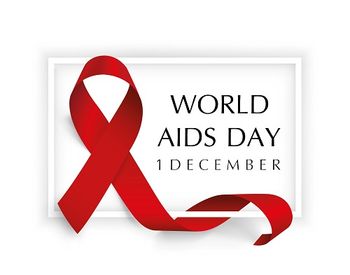
Although much has changed since the first World AIDS Day in 1988, the effects of the disease on public health remain significant, even as more individuals are “living” with the virus and fewer are dying from it.
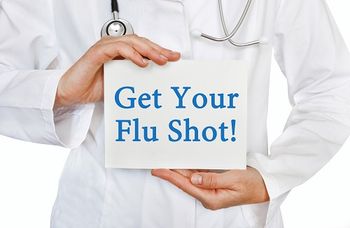
A total of 50 employees were fired after refusing to get the vaccine.

Researchers have found that the 4-component vaccine MenB-4C (Bexsero) is effective against up to 91% of strains of the bacteria Neisseria meningitidis, which causes meningococcal disease.

Ex-CDC Director Tom Frieden's latest venture keeps him in public health.

A review in Trends in Microbiology provides insight into the role of biofilms in the pathogenesis of polymicrobial infectious diseases.

Congress has requested more information about how government agencies are currently using predictive modeling and simulation technologies to assess the country’s risk for outbreaks and prepare responses.

The results of a new study may provide a basis for estimating appropriate dosing regimens of ceftolozane/tazobactam in patients with cystic fibrosis.

Remembering the links between infectious diseases such as influenza and HIV, among others, and mental health can improve patient outcomes.

What is pharma doing about the impending antibiotic resistance “apocalypse?”

Research on emerging infectious diseases continues to grow; however, some practitioners feel that a focus on knowledge acquisition has overshadowed the distribution of that knowledge to the frontline providers who need it most.
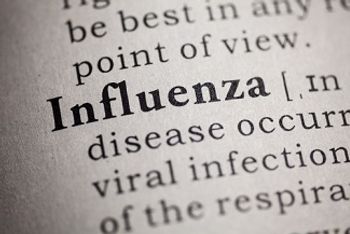
A multinational team of researchers set out to answer the following question when it comes to antiviral therapy for influenza: to combine or not to combine?

According to reports in multiple media outlets, clinicians on the hurricane-ravaged island have already identified at least 10 cases of a rare water-borne bacterial infection, and they warn of the potential for more.

New research supports that allergy evaluation is an inexpensive intervention and that given the downstream benefits, it may well be cost-effective.

In any differential diagnosis of microcephaly, clinicians should consider other infections as well, depending on the setting and history of the patient.

One survey found that fewer than 60% of 18- to 24-year-olds regularly use condoms during sexual encounters.

Will the HHS see a new face for secretary, or will a familiar standby fill in where Dr. Price left off?

Experts debate the use of cephalosporins in patients who are allergic to penicillins who have not undergone a prior allergy evaluation.

With major outbreak preparedness measures successfully in place at home, major US health institutions are looking to import these efforts overseas.
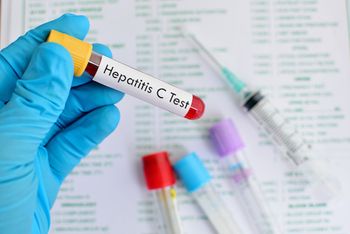
Routine, rapid hepatitis C virus (HCV) testing may be a cost-effective method to help decrease the prevalence of new infections in high-risk communities.

As outbreaks of measles and mumps continue to spring up across the country, a third dose of the MMR vaccine may be necessary to cull their spread.

New Republican-led healthcare plan gains traction as past-presidential candidate, Bernie Sanders, puts forth a plan of his own.

Researchers from Imperial College in London have created a scoring system designed to predict 10-year tuberculosis (TB) risk in adult contacts of index cases.
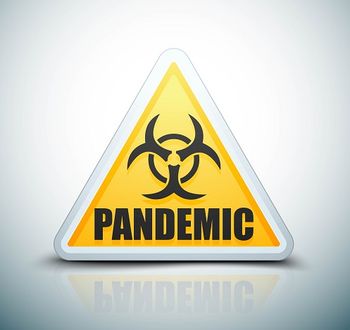
In a recent updated report, the Centers for Disease Control and Prevention’s Global Disease Detection Operations Center identifies the most recent public health threats, including those that could lead to a pandemic.
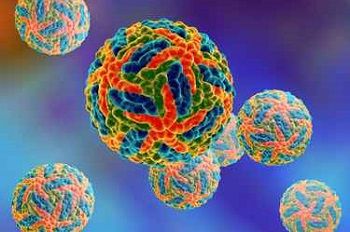
Researchers suggest the need to consider previous infection with dengue in the development of any new prophylactic modality.

Although the recent measles outbreak in Minnesota has been declared to be over, its occurrence underscores the need to address the larger issue of vaccine uptake in the United States.

Aetna, the third-largest insurer in the United States, inadvertently sent HIV-positive patients letters that revealed their HIV status through a large, clear window envelope.

This week we explore whether or not a national state of emergency and criminalizing opioid abuse will really help to stop the problem.

Lucy B. Palmer, MD, from Stony Brook University School of Medicine in New York argues that inhaled antibiotic therapy provides higher drug concentrations of antibiotics with fewer systemic side effects than IV therapy.